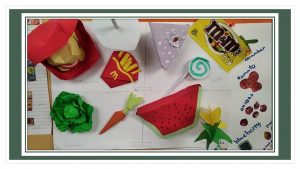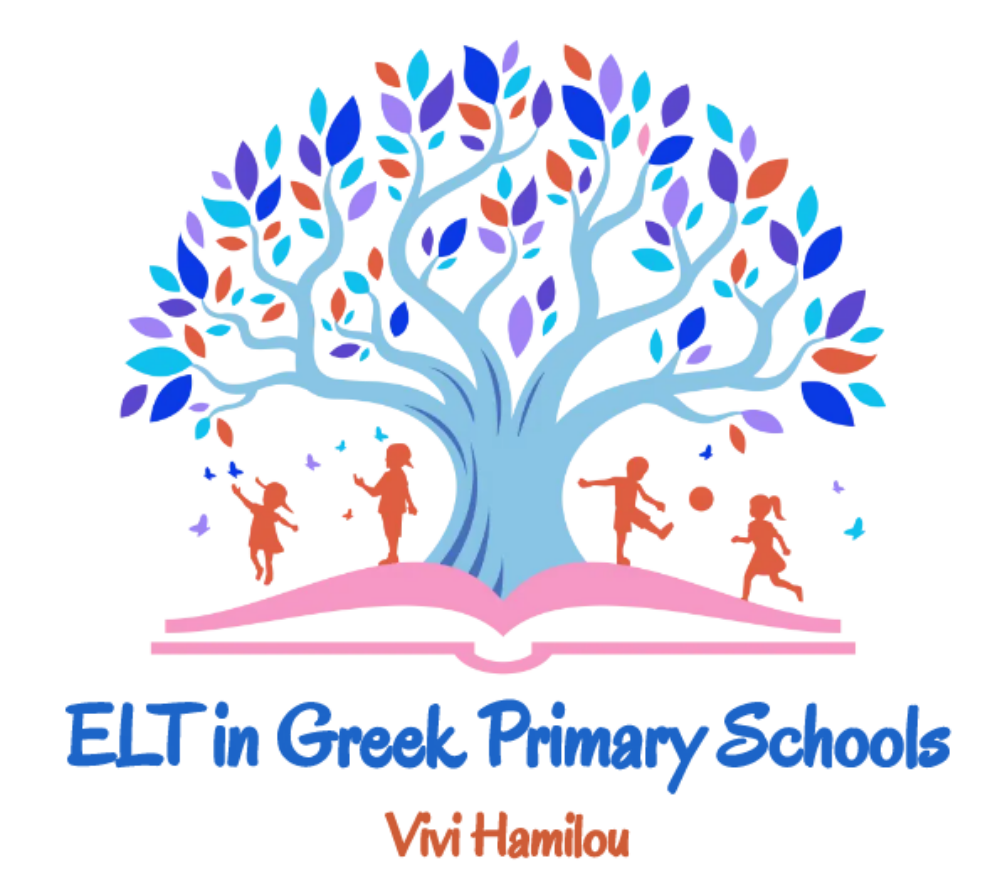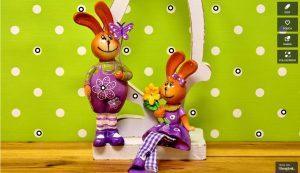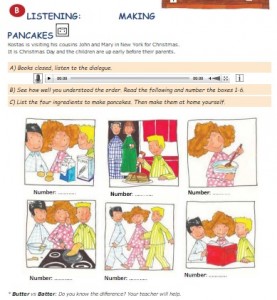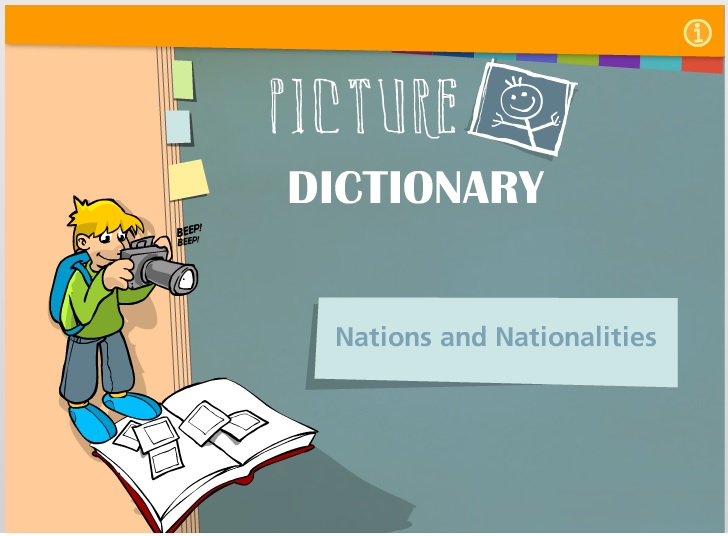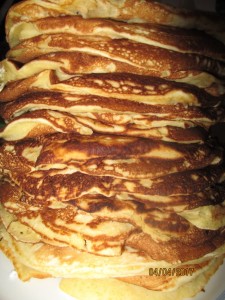CITIES AROUND THE WORLD
by our 5th graders

As part of a course book project, 5th grade learners present different cities in the world!
LONDON
by Helen Kaltsouni
London is the capital of England and the United Kingdom, the largest metropolitan area in the United Kingdom and the largest urban zone in the European Union. London has been a major settlement for two millennia, its history going back to its founding by the Romans who called it Londinium. In London you can find people with different cultures and religions, and more than 300 languages are spoken there. The Greater London Urban Area is the second largest in the E.U. with a population of 8.278.251, while London’s metropolitan area is the largest in the E.U., with total population of between 12 million and 14 million.
In London you can visit the ‘Big Ben”, the Bukckingham Palace, St Paul’s Cathedral, Tower Bridge, St Margaret’s Church, the Tower of London, the Palace of Westminster, Madame Tussaud’s Museum, e.t.c. Also, London is home to numerous museums, galleries, libraries, sporting events and 40 theaters. London’s Chinatown is the largest in Europe. The London Underground network is the oldest underground railway network in the world and the most extensive after the Shanghai Metro. For more information, you can visit: http://en.wikipedia.org/wiki/London
LARISSA
by George Papargiris
Larissa is a big Greek city. Today 124.367 people live there. Larissa is next to a big river. Its name is Pinios. The river is 185 kilometers long. Larissa has got a big plain. People can grow a lot of things. Larissa has got a lot of beautiful things. You must visit it!
ISTANBUL (Turkey)
by Danae Xiromeriti
Istanbul is the largest city and port of Turkey. It is the cultural, economic and industrial centre of the country. The population of Istanbul is about 13 million people and it was the capital of Turkey until 1923. Istanbul is named after its founder Constantine, the Great. This city is a historical treasure that will impress and charm you.
Everywhere around Istanbul there are a lot of monuments indicating its history. The most famous is the church of St Sofia, the archaeological museum located in the region Eminonu, between the park Gulhave and the palace of Topkapi. Other famous attractions are the museum of carpets and rugs and the art museum. For more information, you can visit: http://en.wikipedia.org/wiki/Istanbul
ROUSSE, MY HOMETOWN
by Valentina Velikova
I come from Rousse, in Bulgaria. It is a city which has a population of 165.285 people. It is in the northeastern part of the country.
Many tourists visit Rousse and it is called “little Vienna”. Tourists usually visit the Monument of Liberty , which was made by an Italian sculptor, Aleksandrovska street, which is the main streets of the city and it is full of shops and Rousse Historical museum which was built in 1904 and people can see 140.000 items in it (clothes, china, glass and silver items).
Now, I live in a Greek village, so I miss my hometown very very much it is a beautiful city with wonderful places to visit.
LOS ANGELES
by John Kalantzis
Los Angeles is the biggest city in California State in the USA (United States of America). It has a population of about 3.000.000 people, but with the suburbs the population is 6.000.000 people. It is the biggest city of the USA with the biggest extension.
Los Angeles was made by the Spanish Phillip de Neve in 1781. It was a Mexican city, but in 1835 it was added in the USA.
Los Angeles has got lots of sights, like its city hall with the 32 floors, the temple of ‘Romaeocatholics’, the temple of ‘Mormonon’, Griffith’s park, Disneyland, the state of Hollywood, the state of Beverly Hills where the stars of the cinema live.
Los Angeles is a very big and a great city too!!!
